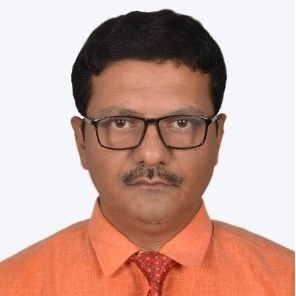Recovery of Rare Earth Elements from Mineral, Ores and Industrial Wastes
A special issue of Metals (ISSN 2075-4701). This special issue belongs to the section "Extractive Metallurgy".
Deadline for manuscript submissions: closed (31 December 2023) | Viewed by 2403
Special Issue Editors
Interests: urban mining; resource recovery; hydrometallurgy
Special Issues, Collections and Topics in MDPI journals
Interests: metal extraction from primary and secondary sources using advanced separation technologies (leaching, solvent extraction, ion-exchange, etc.)
Special Issues, Collections and Topics in MDPI journals
Special Issue Information
Dear Colleagues,
Rare earth elements (REEs) are a set of seventeen elements, namely fifteen lanthanides and two d-transition metals (Sc and Y), having similar characteristics. They are characterized by their metallurgical, optical, and electronic properties, which have established them as decisive industrial materials, with inimitable applications such as permanent magnets, electronics, superconductor, hydrogen storage, medical and nuclear technologies, etc. The escalating demand of REEs in various application and their continuous depleting ores have significantly increased their demand in the international market. The increasing demand for these materials, depletion of natural reserves, and associated supply risks resulting from geopolitical, environmental, or technological factors makes the recovery of REEs from alternative sources viz. mine tailings, industrial acid wastes, coal ash, and end-of-life products a promising strategy for increasing availability and mitigating the supply risk of REEs. Therefore, it is necessary to exploit domestic resources and develop energy efficient and eco-friendly technologies to meet the future requirements by the recovery, separation and purification of REEs.
Keeping in view of the above, the special issue of Metals on “Recovery of rare earth elements from mineral ores and industrial wastes” will provide a global and unique opportunity to exchange as well as gathered scientific information and technological innovations amongst experts, researchers, industrialists and practitioners of different disciplines on a common platform for recovering REEs from primary as well as secondary resources considering the challenges and problems. Therefore, the issue to have discussion on research and development (R&D) is very timely and need of the hour. The main focus of the special issue is to present sustainable REEs resources and feasible processes by eminent global researchers. To recoup the REEs demand by exploring the alternative sustainable resources and feasible technology, this may mitigate their supply risk globally. The special issue will be based on research papers consisting of hybrid processes i.e. pre-treatment, hydro-/pyro-/electro- and advance separation techniques such as leaching, solvent extraction, ion-exchange, precipitation, etc.
Dr. Rajesh Kumar Jyothi
Dr. Manis Kumar Jha
Dr. Jin-Young Lee
Guest Editors
Manuscript Submission Information
Manuscripts should be submitted online at www.mdpi.com by registering and logging in to this website. Once you are registered, click here to go to the submission form. Manuscripts can be submitted until the deadline. All submissions that pass pre-check are peer-reviewed. Accepted papers will be published continuously in the journal (as soon as accepted) and will be listed together on the special issue website. Research articles, review articles as well as short communications are invited. For planned papers, a title and short abstract (about 100 words) can be sent to the Editorial Office for announcement on this website.
Submitted manuscripts should not have been published previously, nor be under consideration for publication elsewhere (except conference proceedings papers). All manuscripts are thoroughly refereed through a single-blind peer-review process. A guide for authors and other relevant information for submission of manuscripts is available on the Instructions for Authors page. Metals is an international peer-reviewed open access monthly journal published by MDPI.
Please visit the Instructions for Authors page before submitting a manuscript. The Article Processing Charge (APC) for publication in this open access journal is 2600 CHF (Swiss Francs). Submitted papers should be well formatted and use good English. Authors may use MDPI's English editing service prior to publication or during author revisions.
Keywords
- extraction
- separation
- recycling
- rare earths
- e-wastes
- REE minerals
- ore
- industrial waste
- hydrometallurgy







